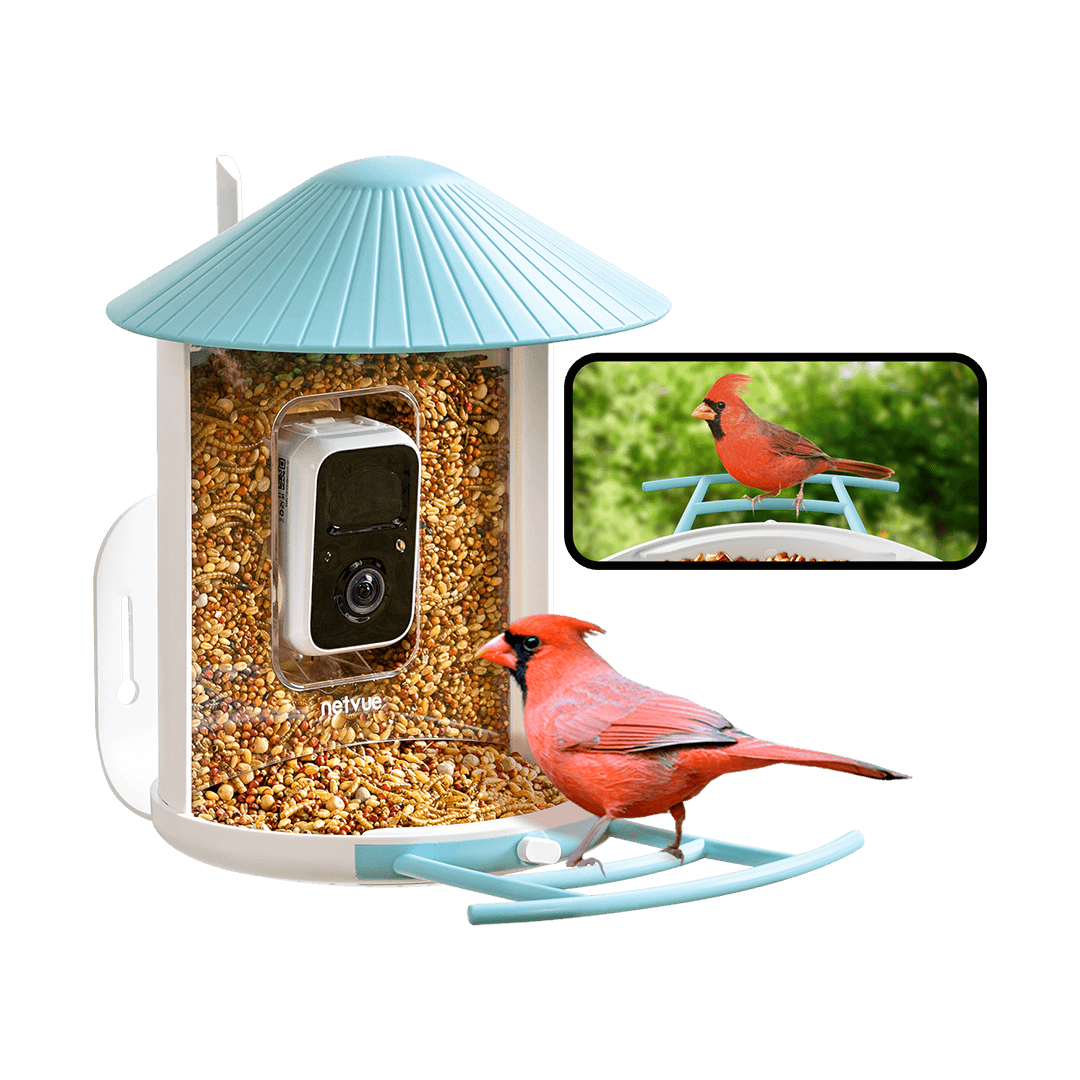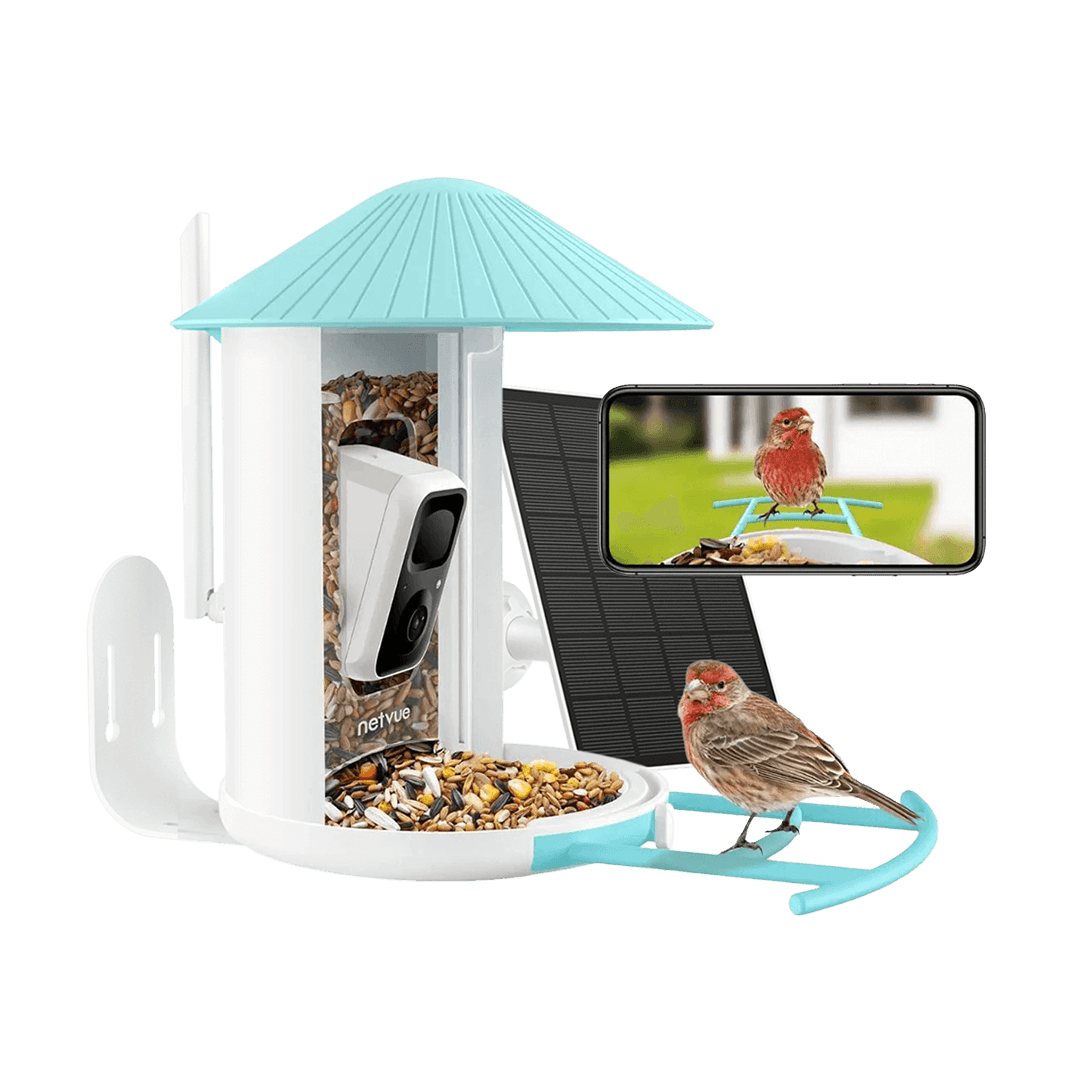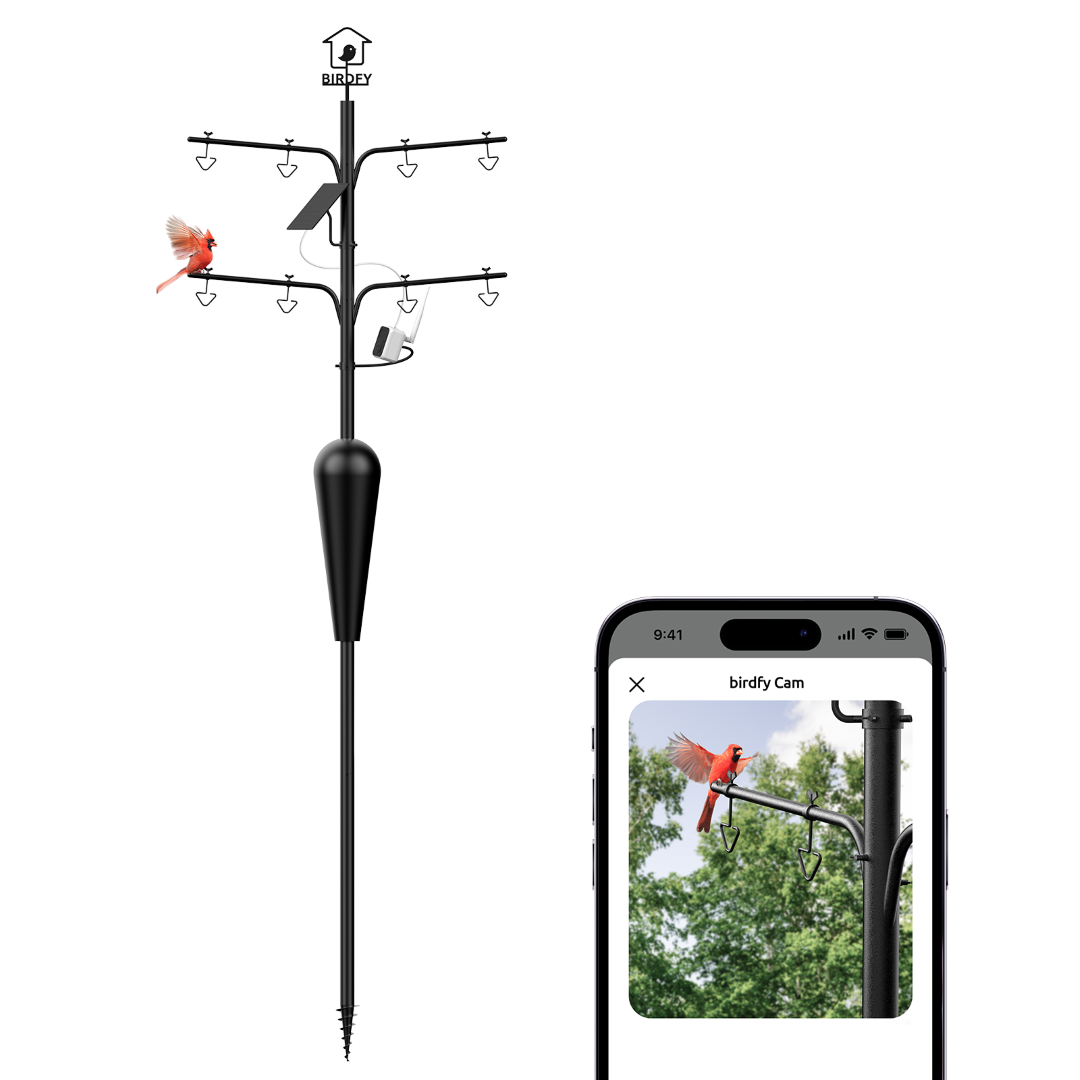Boobies in the Galapagos
Since I was young, I’ve always been interested in birds. I even had birds as pets during my life. Since my retirement a few years ago, however, the bird bug bit thanks to my niece who is an avid bird watcher. I have several feeders and boxes in my yard. Another passion of mine is travel, and these two interests match up quite nicely! On a recent trip to the Galapagos, I was on a mission to see the Blue-footed Booby. Little did I know that three Booby species live in the archipelago! Read about my experience in my first post here on Birdfy.

When in the 3rd grade, my son reported on the Blue Footed Booby; we were hooked! That was nearly 30 years ago, but I knew I would eventually meet this bird in person. It finally happened just a few months ago when I spent a week in the Galapagos Islands. I wanted to take my son and his wife, but alas, due to events and schedules, they were unable to come with me. It would have been special to see the Blue-footed Booby with him since he was the one who got me so interested in this bird. On the first day of our trip, we were asked what our goals were for the trip, and my number one goal was to spot a Blue-footed Booby. I was assured that we would be seeing many, but after seeing none the first two days, I started to wonder.

In Search of the Blue Footed Boobies, I Found So Much More

The biggest worry now to the survival of the species by scientists and environmentalists is the Avian Flu. It has made its way to the Galapagos, the crown jewel of Ecuador’s national parks system. There are several islands in the archipelago (127 to be exact), many of which are unnamed because they are such small outcroppings and large volcanic rocks. There are a total of 19 large islands with four of them populated. That was a big surprise to me. I did not realize that these unique and precious islands were colonized and even were hiding locations for pirates in the 1800s. In 1959, the National Park was established; 97% of the surface of the land is National Park. Ecuadorians born on the islands retain special privileges when it comes to owning property, and most of the inhabited property is handed down in families.
It is important to understand that this is one of the most volatile areas of the world volcanically. The chain of islands is slowly moving eastward as new islands form from the hotspot at the bottom of the ocean. The “new” islands are almost pure volcanic rock which is lifeless. We visited the “newest” island named Fernandina. It is just starting to support life … in fact, one of the biggest mysteries is what life comes first to the islands. Fernandina is about 300,000 years old.
Exploring the Galapagos: Insights Beyond the Blue-Footed Boobies
The belief is that either the endemic Galapagos cactus comes first or it may be a spider that is blown or travels in some way to the new island. Most people know that Darwin studied the island and later formulated his theory of natural selection and evolution because the process is speeded up in the island chain. It is a fascinating place! Early in 2022, there were fears of Avian flu, and it was detected in some of the birds. As a precaution, two of the islands were closed to visitors, and the action seems to be working. According to our naturalist guide in the park (which is required), the disease has not been detected in the other islands, but it is constantly monitored.


After a few days into the journey, we spotted our first Blue-footed Boobies. Excitement ensued on board our zodiac craft that was hovering around a large volcanic island. The Blue-footed Boobies tend to hang out in groups. They are communal and live in flocks. They perch on the volcanic rock and watch the ocean for food. These birds fly high in the sky and then basically dive bomb into the ocean from up to 100 feet to catch their prey. Within the groups of Blue-footed Boobies, there is a range of colors of their webbed feet. These birds' preferred prey are sardines. The range in color comes from what the birds eat; the bluer the feet, the healthier the boobies are. The ecosystem is fragile, so if certain types of foods become endangered, it could drastically affect the populations of birds and animals. In the ensuing few days, we saw hundreds of these awesome birds. By the end of the trip, I was completely satisfied … I got my Blue-footed Boobies fix!


Traveling opens one’s eyes to the marvels of the world. I never knew that there were multiple types of boobies; nor did I realize that some of the Blue-footed variety live outside the Galapagos. They are classified as “residents” of the islands meaning that these boobies live in the islands, but are not exclusively found in the islands. These boobies are relatively large birds with the average adult weight being about 3.5 pounds. The Galapagos is the place to spot them and get close to them. The animals here are not afraid of people, for the most part. We were asked by the park to stay away some distance, however, as it is one of the protections for the animals.
Discovering Nazca Boobies: A Tale of Colorful Beaks and Sibling Rivalry
The Nazca Boobies look a lot like their Blue-footed relatives but with different coloration. The Nazca Booby’s beak and feet are different in color. The beak is yellowish to orange, and the feet are yellow. These boobies also eat sardines and dive bombs for their food. This particular type of booby used to be a sub-species of the Masked Booby, but in 2002 it was identified as a separate species. While there are some reported interbreeding between types of boobies, it is quite rare.

Probably the most interesting thing about these birds is that they have an unusual practice of siblicide. There are other species (cuckoos, pelicans, boobies) that use siblicide to increase chances of survival, but it is almost universal with the Nazca Boobies. The chicks have a high level of testosterone which makes them more aggressive. The Nazcas generally lay two eggs with the second egg generally being an “insurance” egg. Generally, the first chick hatched is the stronger one, and it will push the younger one from the nest to ensure survival. Nature can be cruel sometimes in the quest for the survival of the species.


Probably the most interesting thing about these birds is that they have an unusual practice of siblicide. There are other species (cuckoos, pelicans, boobies) that use siblicide to increase chances of survival, but it is almost universal with the Nazca Boobies. The chicks have a high level of testosterone which makes them more aggressive. The Nazcas generally lay two eggs with the second egg generally being an “insurance” egg. Generally, the first chick hatched is the stronger one, and it will push the younger one from the nest to ensure survival. Nature can be cruel sometimes in the quest for the survival of the species.

Unveiling the Galapagos Avian Diversity
There are a total of six species of boobies in the world. Three of those species are found in large populations in the Galapagos Islands. They are also classified as residents of the islands where they live with others of their kind on San Cristobal Island and Genovesa Island.
The boobies are all part of the seabird family Sulidae. When you look at their faces, it is hard not to smile. They have a silly-looking face which earned them their name. The Spanish word for “fool” or “knucklehead” is bobo. Bobo in Spanish became booby in English! I’ve heard that disparagement before … no one wants to be called a boob! I’m guessing it is from their faces which I find adorable. All of the different species of boobies share similar mating behaviors which include unique dances and sounds from the throat. Many of the boobies mate for life, and they live communally in flocks.


The Galapagos islands are home to a small number of species of birds due to the harsh conditions there. Many birds that initially made it to the islands perished and were not able to establish themselves on the islands. Each of the species has adapted in ways that are not seen in other parts of the world. Some of the species even adapt to specific conditions on each of the separate islands. The conditions are perfect for studying evolution and monitoring some very unique types of birds (and other animals.) Not only are there three species of boobies (Blue-footed, Nazca, and Red-footed), but there are also endemic species of pelicans, cormorants, hawks, penguins, and finches.

Other birds are residents of the islands including gulls, flamingos, boobies, frigate birds, and albatrosses. Until the Avian Flu is no longer detected, some of these birds will be hard to see in the wild. The good news is that the National Park is succeeding in protecting the rest of the islands from disease spreading. It is through strict and careful monitoring of human behavior that these beautiful birds will be preserved for upcoming generations and those lucky enough to visit the Galapagos Islands.






